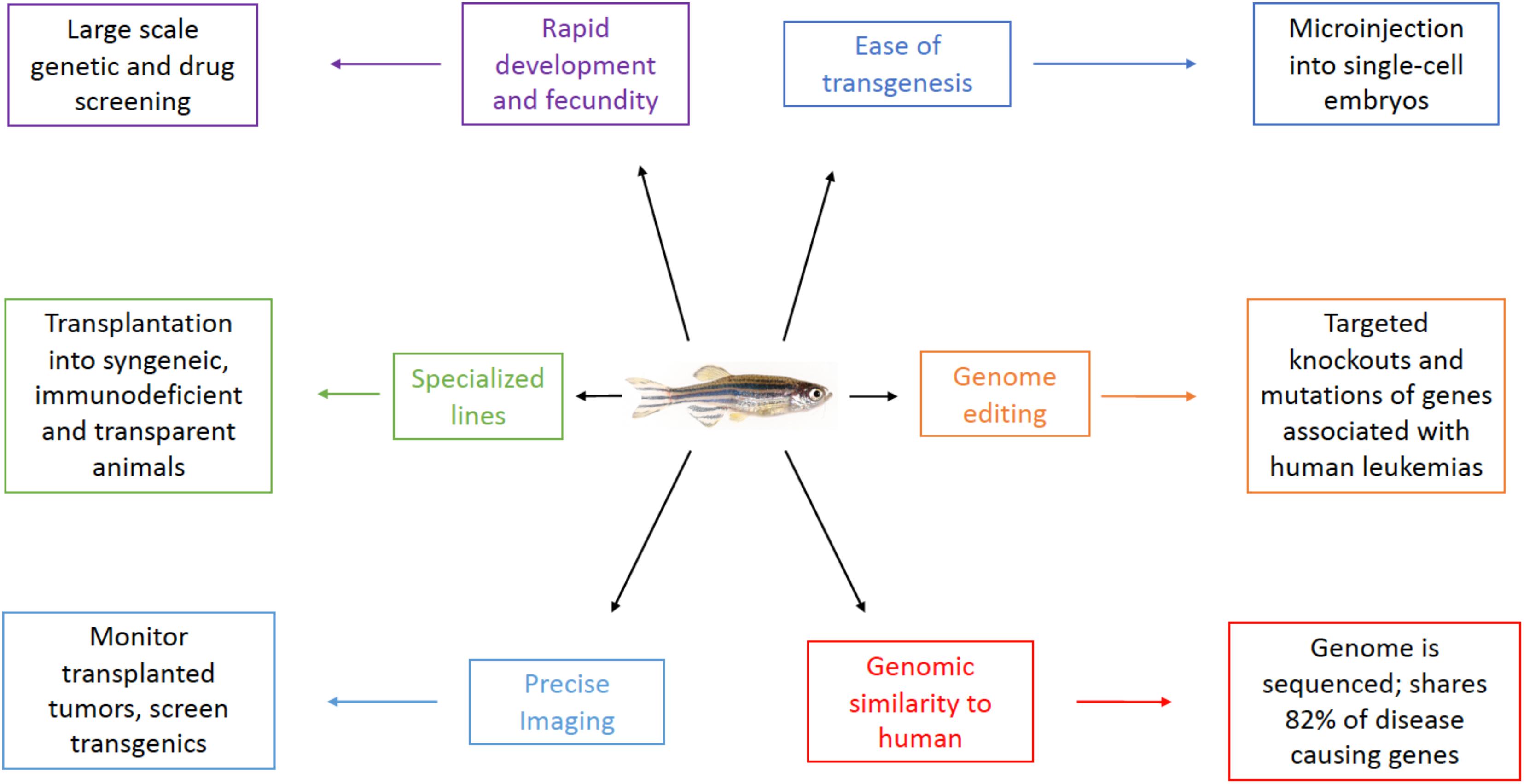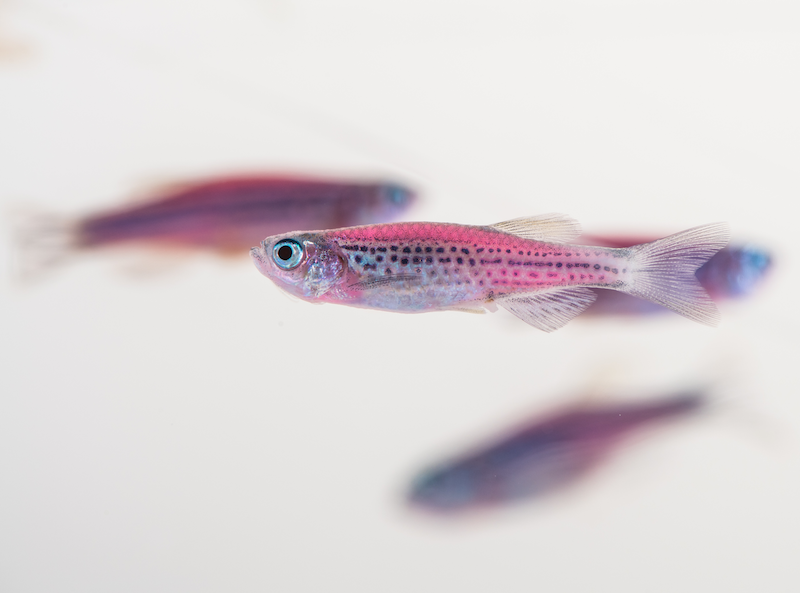
As the vertebral column ages, it undergoes progressive and irreversible degenerative changes that can lead to back pain, deformity and disability.
#Aging zebrafish circuli series#
It consists of a series of interconnected vertebrae, separated by flexible intervertebral discs (IVDs) that span the dorso-medial aspect of the organism. The vertebral column, ‘backbone’ or spine, is the central defining feature of vertebrates. The funder's had no role in study design, data collection and analysis, decision to publish, or preparation of the manuscript.Ĭompeting interests: The authors have declared that no competing interests exist. LM was funded by an integrated Training Fellowship from the Wellcome Trust. SR was funded by Arthritis Research UK PhD studentship 19986. MAN and CL were funded by Arthritis Research UK career development grants 1766 respectively. This is an open-access article distributed under the terms of the Creative Commons Attribution License, which permits unrestricted use, distribution, and reproduction in any medium, provided the original author and source are credited.įunding: AJH and BC received financial support from Arthritis Research UK grants 1838. Received: JAccepted: AugPublished: September 24, 2013Ĭopyright: © 2013 Hayes et al. PLoS ONE 8(9):Įditor: Dominique Heymann, Faculté de médecine de Nantes, France (2013) Spinal Deformity in Aged Zebrafish Is Accompanied by Degenerative Changes to Their Vertebrae that Resemble Osteoarthritis. In summary, these observations raise the prospect that zebrafish, in addition to modelling skeletal development, may have utility in modelling age-related degenerative changes that affect the skeleton during senescence.Ĭitation: Hayes AJ, Reynolds S, Nowell MA, Meakin LB, Habicher J, Ledin J, et al.

In contrast, keratan sulfate immunolocalises specifically with the notochordal tissue of the intervertebral disc, and its labelling diminishes with age. Immunohistochemistry strongly identifies all three chondroitin/dermatan sulphate isoforms (C-0-S, C-4-S/DS and C-6-S) within the vertebral cartilage, particularly within the pericellular micro-environment. Glycosaminoglycan analysis of the vertebral column by HPLC demonstrates a consistent, age-related increase in the yield of total chondroitin sulfate disaccharide, but no change in sulfation pattern, supported by immunohistochemical analysis. Light and electron microscopic examination reveal striking age-related changes in cell morphology, suggestive of chondroptosis, and tissue remodelling of the vertebral cartilage, particularly within the pericellular micro-environment. osteophytes) within the vertebrae during aging, but no significant change in bone density. MicroCT examination demonstrates small defects, fractures and morphological evidence suggestive of bone erosion and remodeling (i.e. Underlying the most severe phenotypes are partial or complete vertebral dislocations and focal thickening of the vertebral bone at the joint margins. We show increased frequency and severity of spinal deformities/curvatures with age. In this study, we assess degenerative changes specifically within the bone and cartilage of the vertebral column of zebrafish at 1, 2 and 3-years of age. With advancing age, zebrafish frequently develop gross deformities of their vertebral column, previously ascribed to reduced trunk muscle tone. The zebrafish is a well-established model for the study of skeletogenesis with significant potential in gerontological research.

An improved understanding of these changes through the development of experimental models may lead to improvements in existing clinical treatment options.

Age-related degenerative changes within the vertebral column are a significant cause of morbidity with considerable socio-economic impact worldwide.


 0 kommentar(er)
0 kommentar(er)
